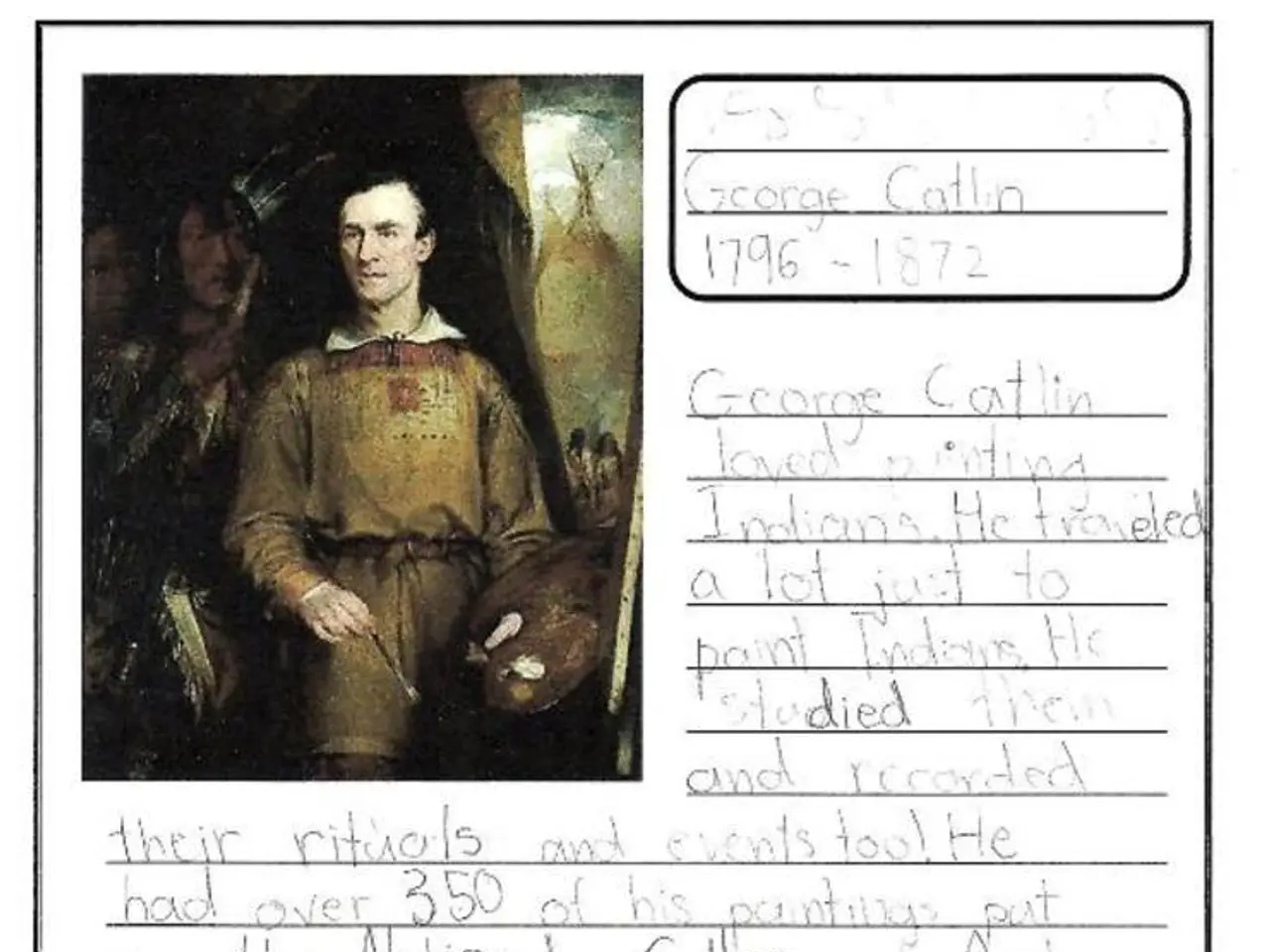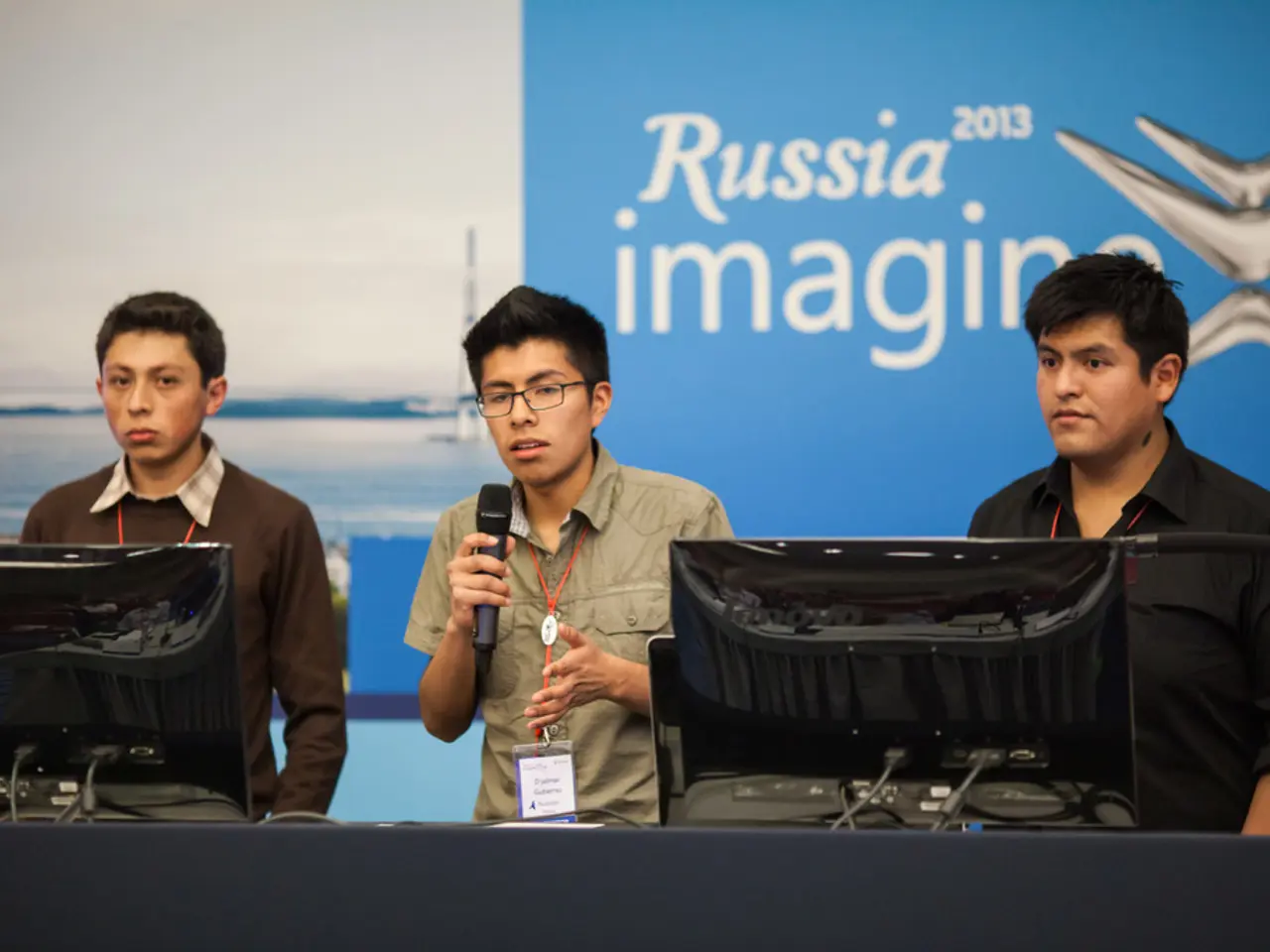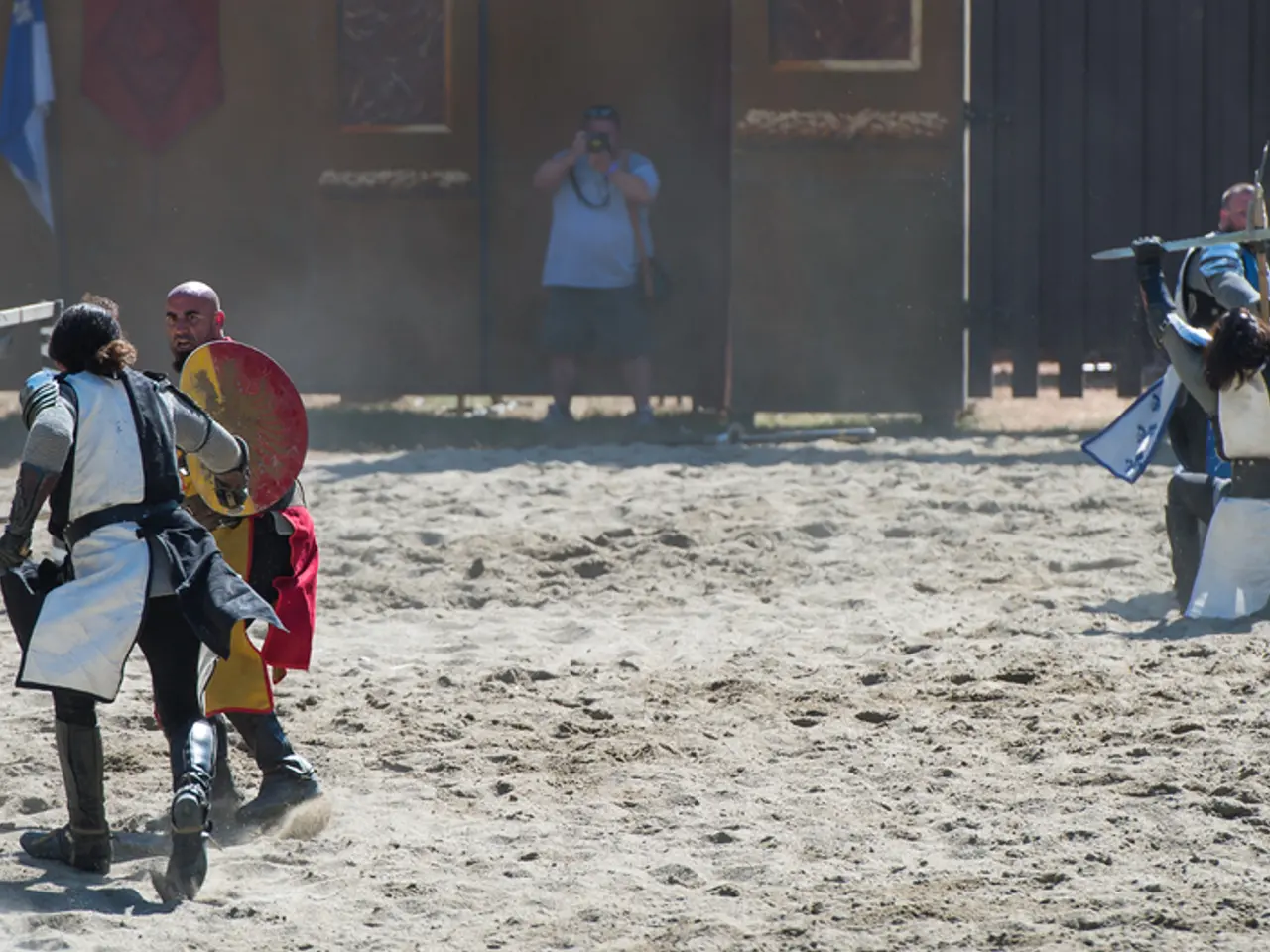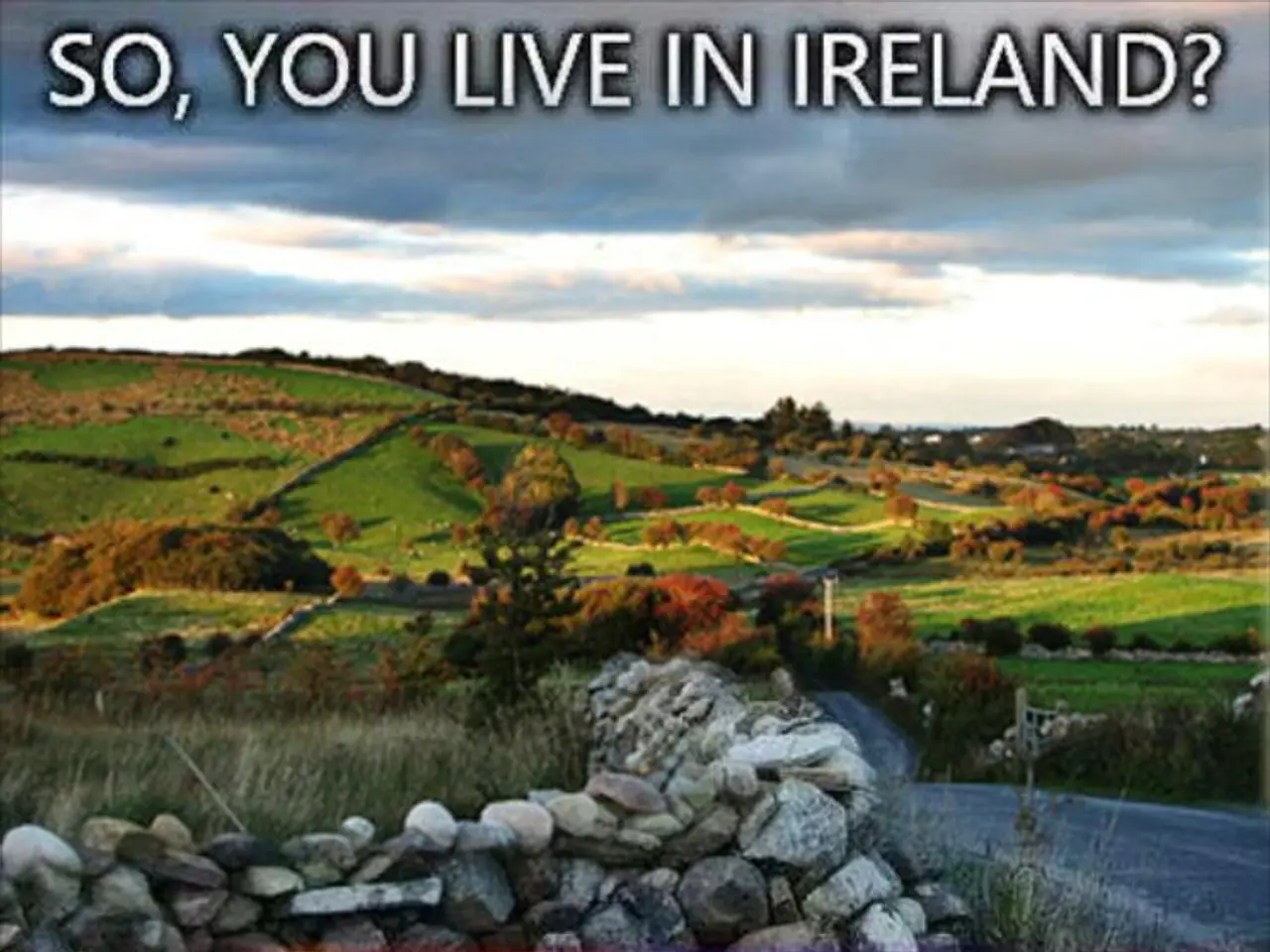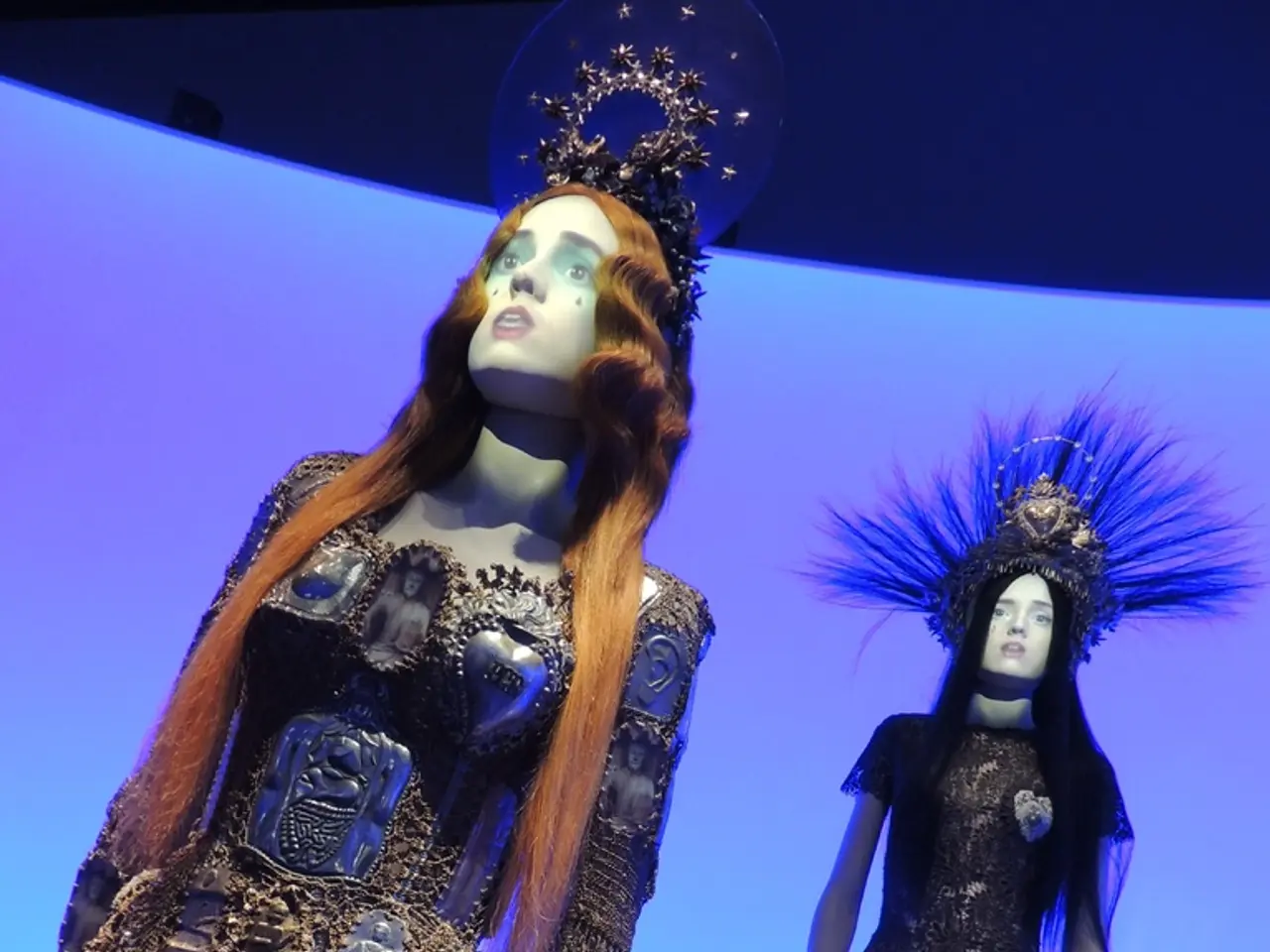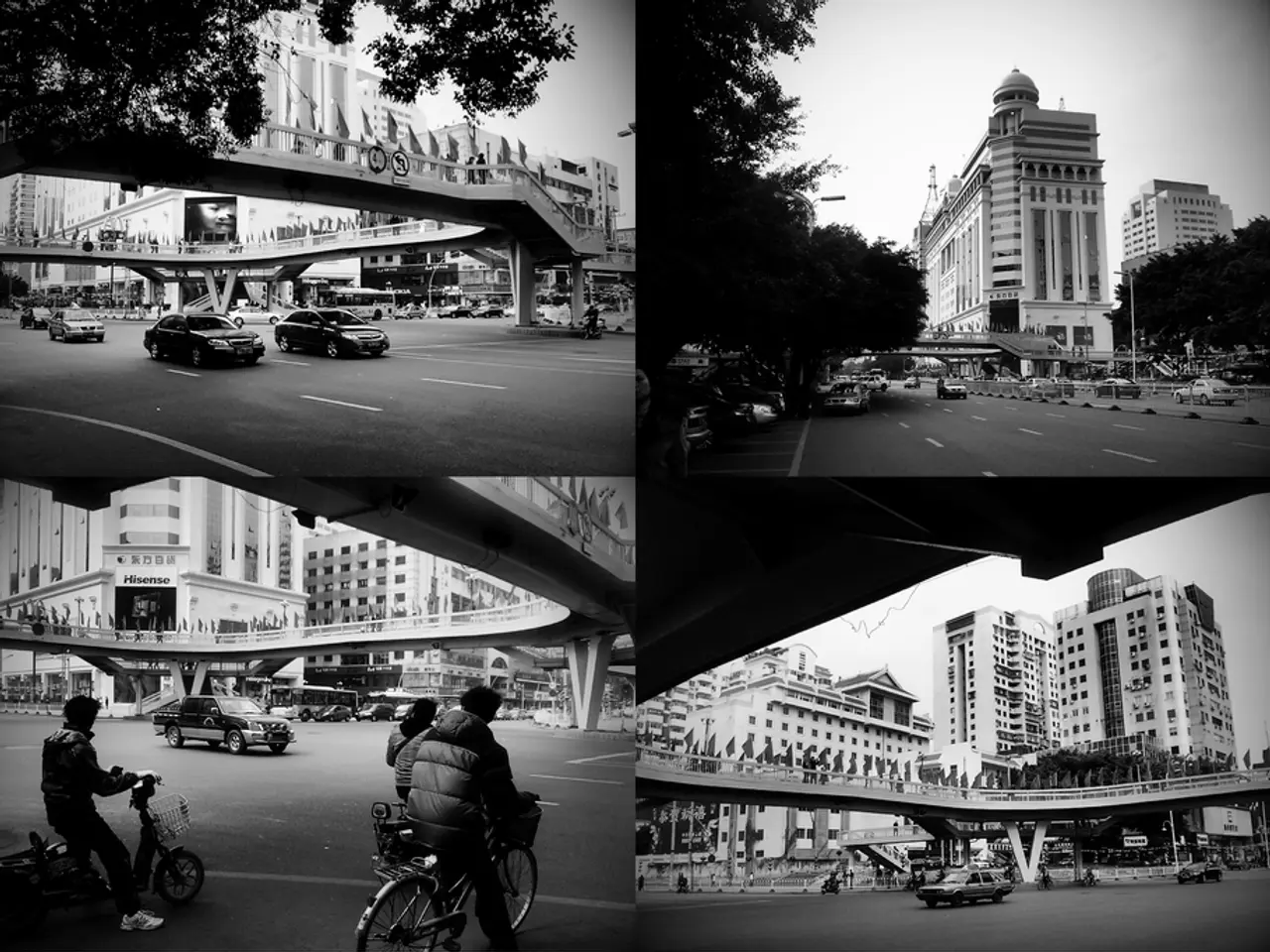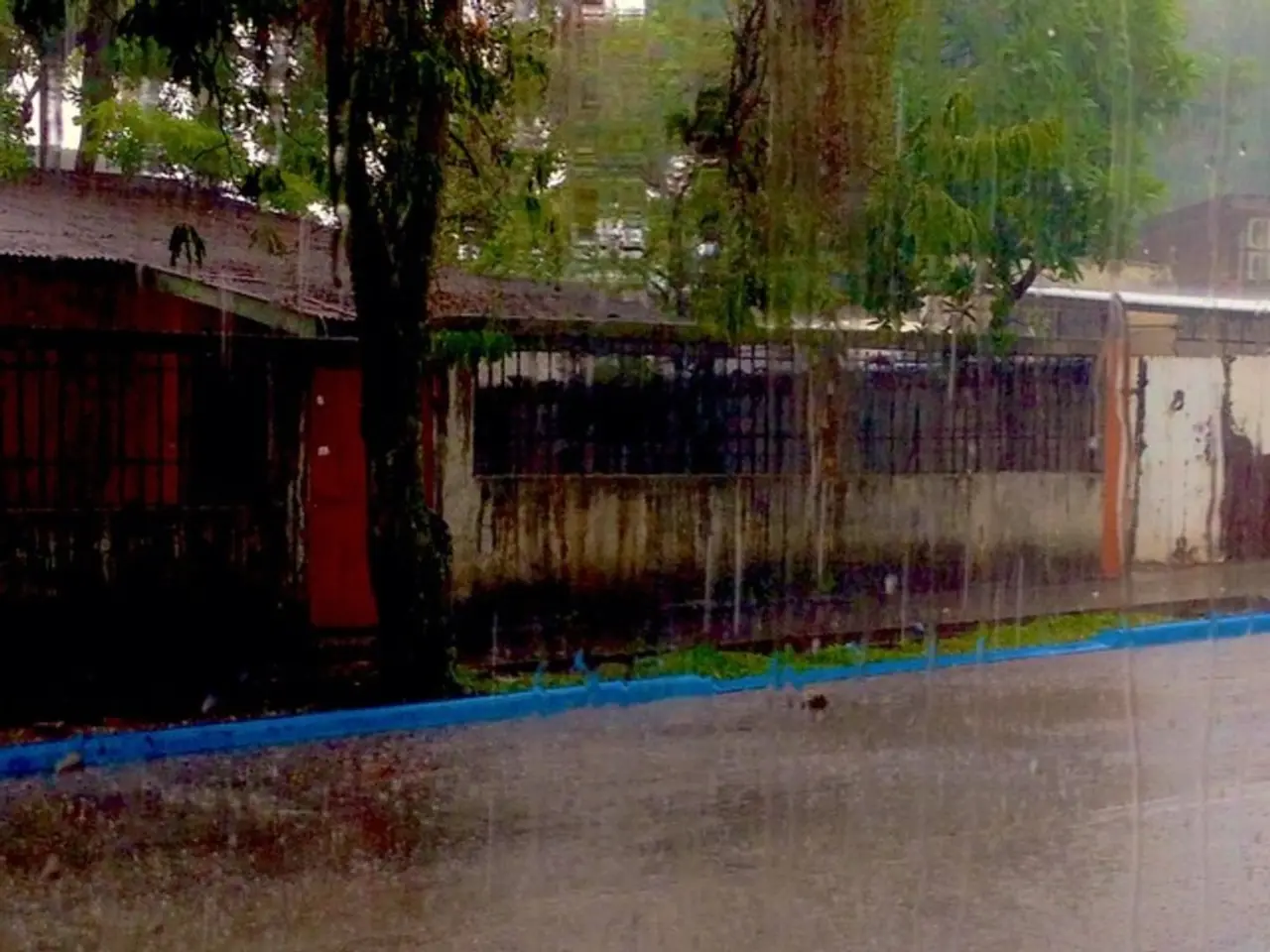Investigating Power Balances: An Examination of Differences between Historic and Contemporary Political Systems
In both ancient and modern societies, power dynamics have been shaped by the control of resources and the formation of social hierarchies. While the scale and complexity of power structures have evolved significantly over time, the fundamental principles of inequality and resource control remain constant.
In ancient civilizations, power was often linked to the control of land, livestock, or surpluses, creating a distinction between producing and owning classes. For instance, in neolithic agricultural societies, power was closely tied to land ownership, leading to the emergence of administrative, military, and priestly elites who organized and defended that power. Ancient societies varied widely, from early attempts at democracy in ancient Greece, to imperial systems in Rome, and clan-based leadership in other cultures.
Ancient societies often had more direct links between power and physical control of resources, with early state formations based on relatively small populations and localized economies. Some ancient societies were even matrilineal, where inheritance and power were traced through the mother’s lineage, contrasting with the predominantly patriarchal systems common in later historical narratives and modern times.
Fast forward to modern societies, power dynamics are influenced by factors such as gender, race, and social class, and are no longer solely dependent on physical control of resources. Instead, power is exercised through control of production means, wealth, and institutions. Modern societies have complex institutional structures that regulate resource distribution and maintain social hierarchies.
While democratic systems have emerged in modern times, power is still not evenly distributed. Economic power often translates into political influence, with wealthy individuals and corporations shaping policies and swaying public opinion through lobbying. Despite the move towards democracy, power disparities persist, and marginalized groups still face systemic barriers that limit their access to power and influence.
The potential for abuse of power persists in both ancient and modern societies, highlighting the importance of checks and balances within political systems. Ancient rulers legitimized their authority through monument building and religious ceremonies, while modern political leaders use media, public relations, and carefully crafted narratives. Elites in both eras often hold significant influence through political connections, economic resources, or social status. Ideology and propaganda have been used throughout history, including in modern societies, to maintain power.
In summary, while the scale, complexity, and institutionalization of power have evolved significantly over time, the fundamental principles of inequality and resource control remain constant. Both ancient and modern societies have specialized classes or groups who hold power by controlling surplus wealth, property, or means of production. However, the means by which power is exercised and the factors influencing power dynamics have undergone significant changes, reflecting the evolution of human societies over time.
Policy-and-legislation, politics, and general-news are intertwined in modern societies, as economic power often translates into political influence, shaping policies and swaying public opinion through lobbying. This complex interplay is a focal point in the realm of policy-and-legislation, and a subject of intense scrutiny in news reporting (general-news).
